I Really Love These Starry Illustrations By Hajin Bae.
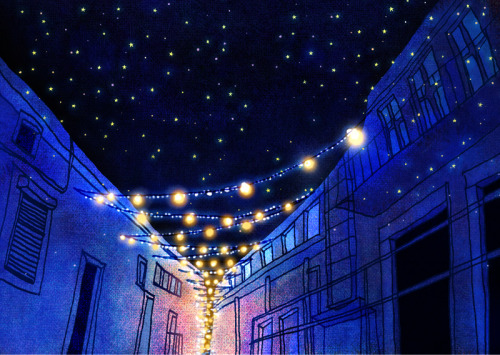
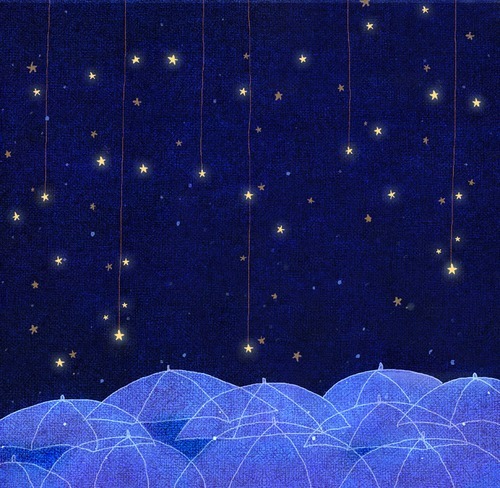
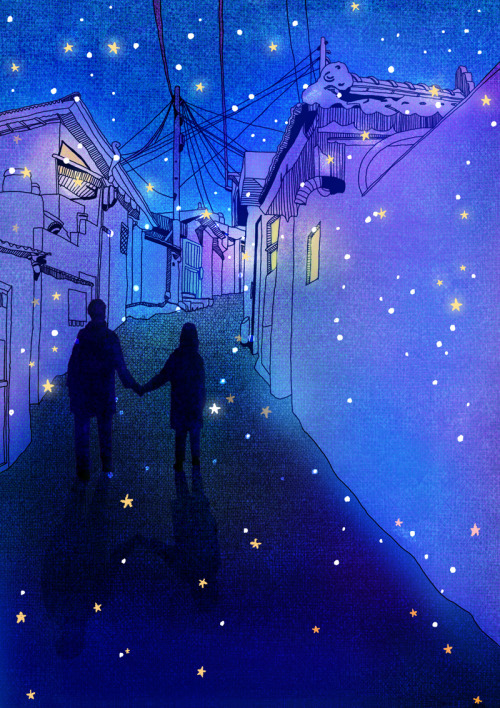



I really love these starry illustrations by Hajin Bae.
More Posts from Smartler and Others

Check out Fingerprints of Water on the Sand via NASA http://ift.tt/1Mxtpaz
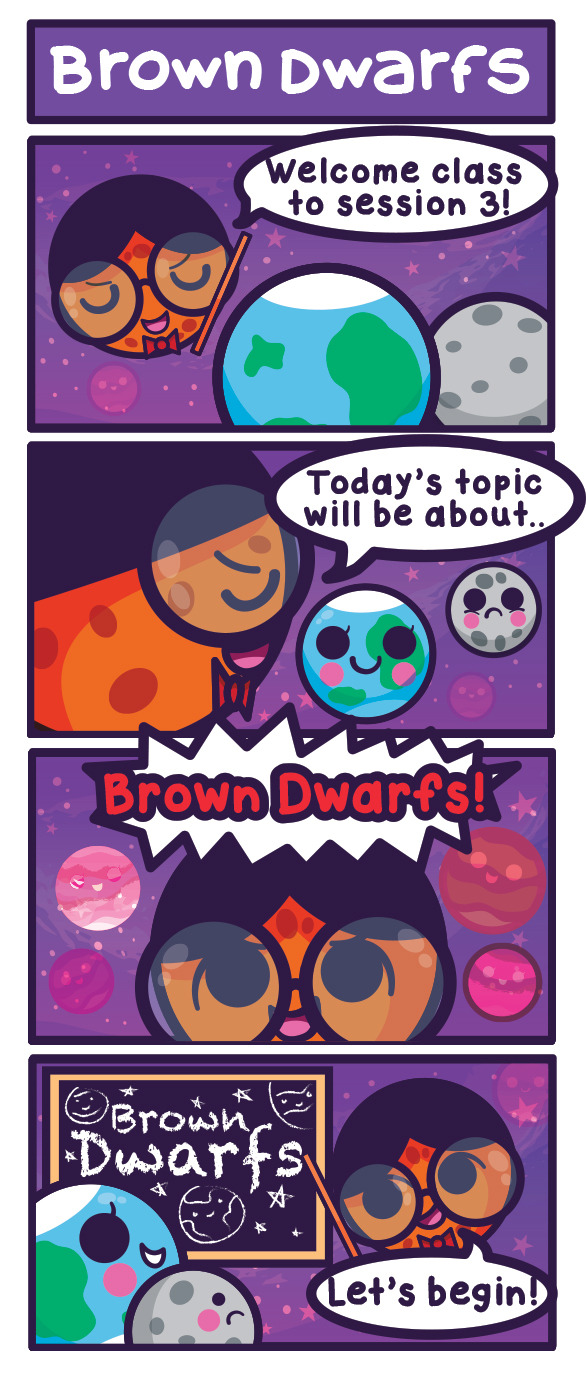

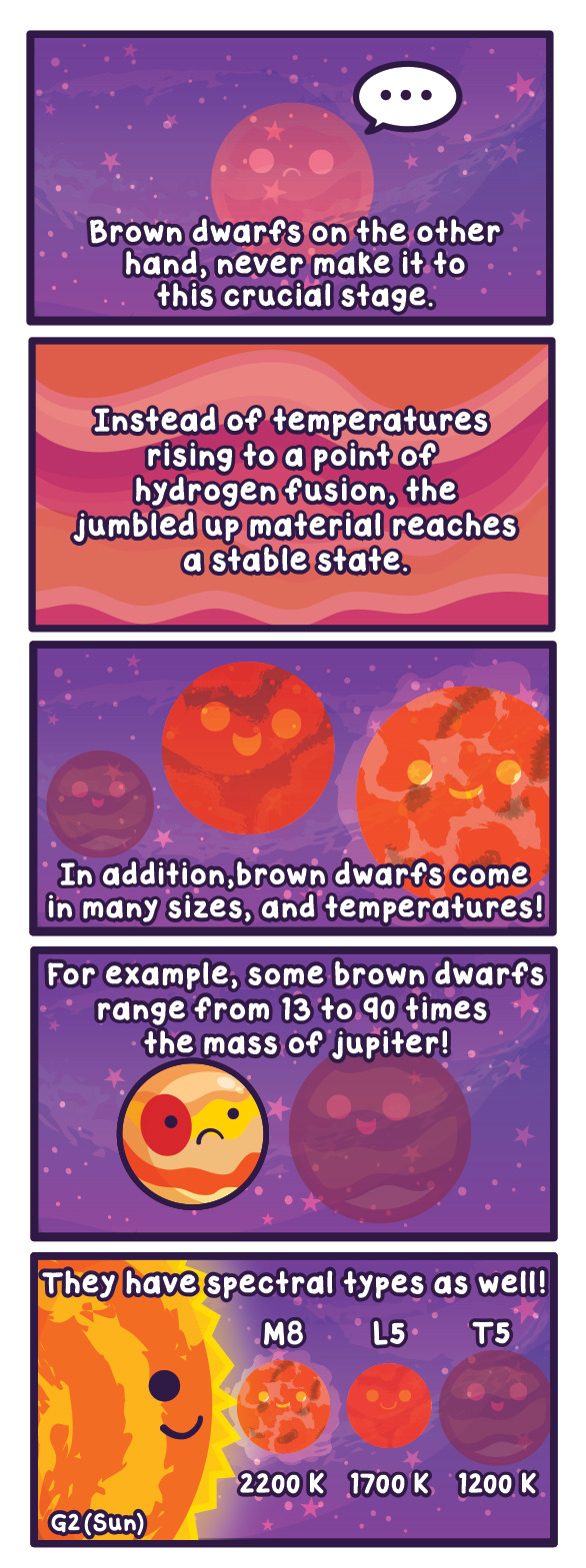


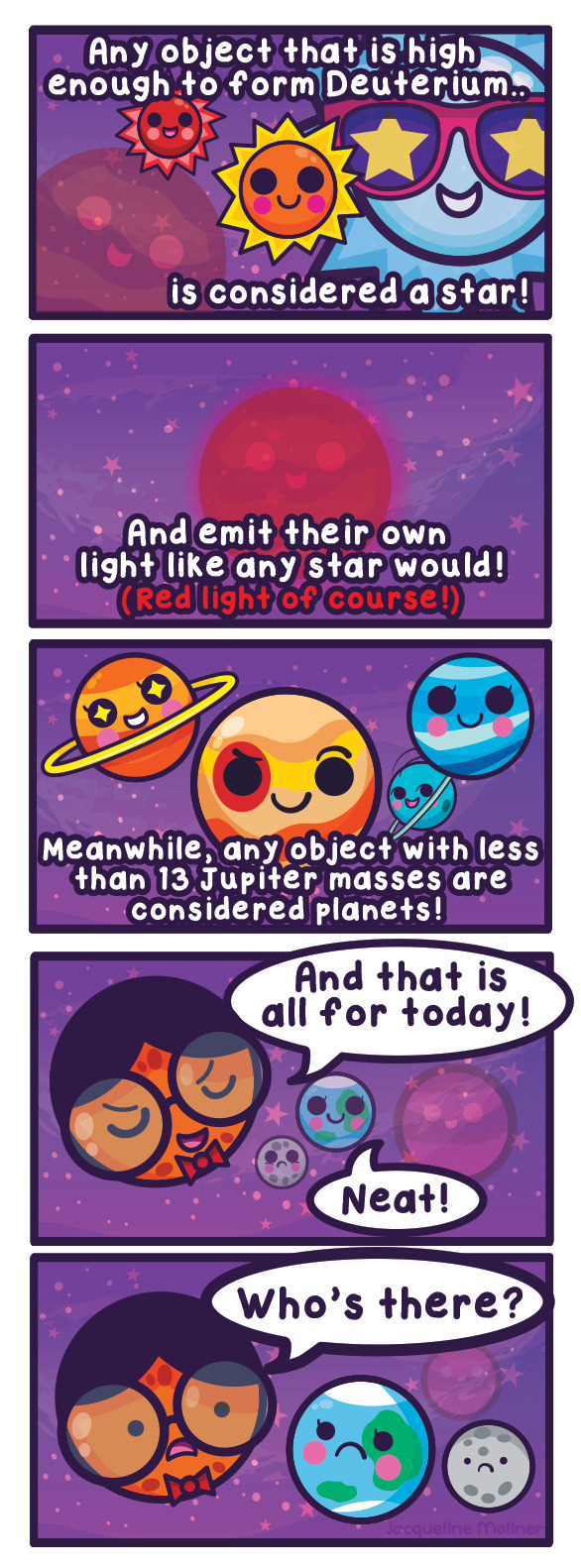
This is the third week of starry scholastic month!
This week’s entry: Brown Dwarfs
http://www.space.com/24467-brown-dwarfs-failed-stars-explained-infographic.html
http://www.space.com/23798-brown-dwarfs.html
(via (Shia LaBeouf))
I can’t believe I haven’t shared this yet. It’s an immaculate piece of the internet and gives hope that art is not dead.
(Credits go to TaySwiftVidz)






I almost forgot about my favorite High School Musical dancer (x)
Actually crying with laughter.
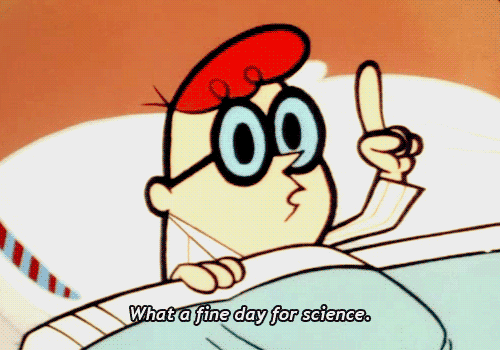


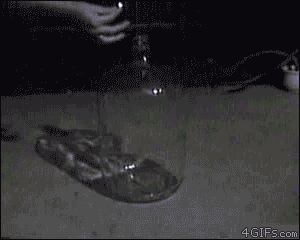
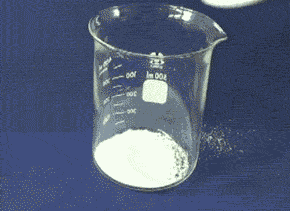
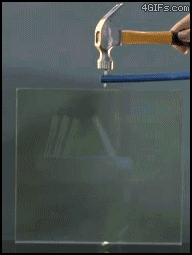

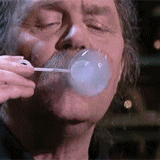
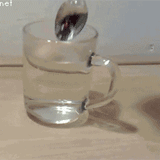

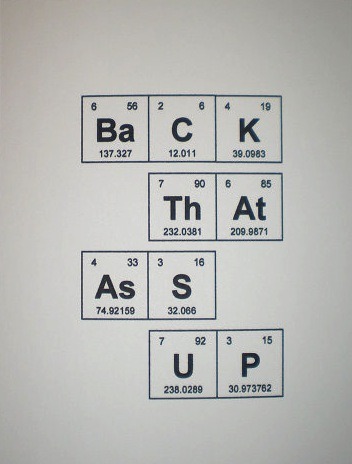
8 of the world’s most bizarre flowers:
1.) Swaddled Babies

2.) Flying Duck Orchid

3.) Hooker’s Lips Orchid

4.) Ballerina Orchid

5.) Monkey Orchid

6.) Naked Man Orchid

7.) Laughing Bumblebee Orchid

8.) White Egret Orchid

Video: Bat’s tongue baffles researchers
by Hanae Armitage
Most nectar-feeding animals evolve special quirks (mainly of the tongue) that optimize their eating habits.
But for the groove-tongued bat (Lonchophylla robusta), evolution has dealt a bit of a strange hand. Instead of lapping up or siphoning liquid as other mammals do, this bat hovers over its food source and dips its long, slender tongue into the nectar, keeping contact the entire time it drinks.
Researchers filmed the bat with a high-speed video camera to try to decipher the special tongue mechanism, and watched as the fluid flowed upward along the bat’s tongue, against gravity, and into its mouth.
Today, researchers report in Science Advances that the conveyor belt–like mechanism may actually allow these bats to feed more efficiently from certain types of flowers…
(read more: Science/AAAS)
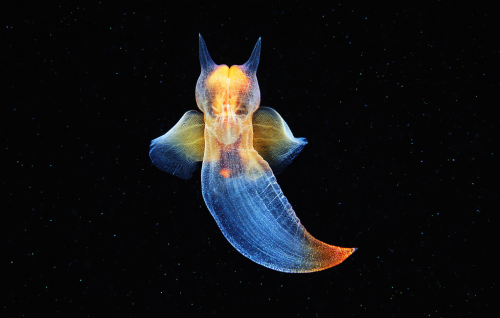
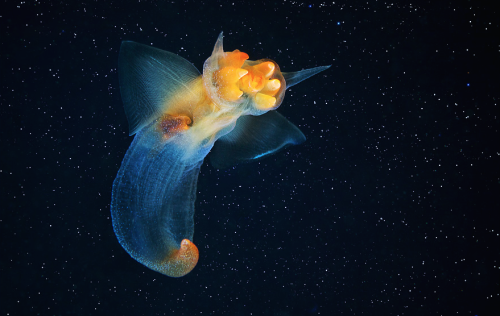
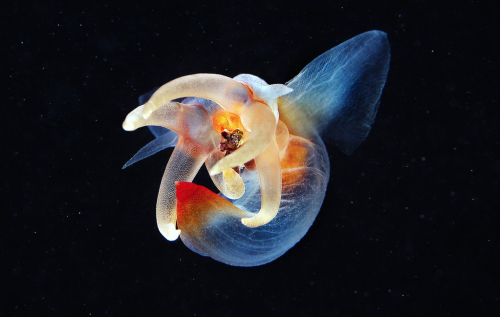
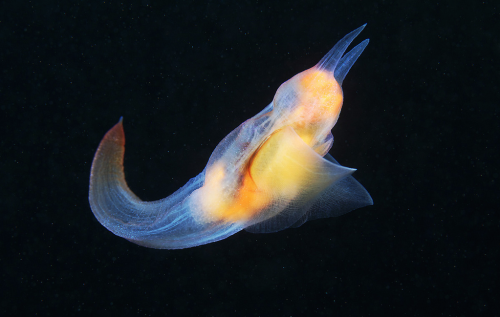
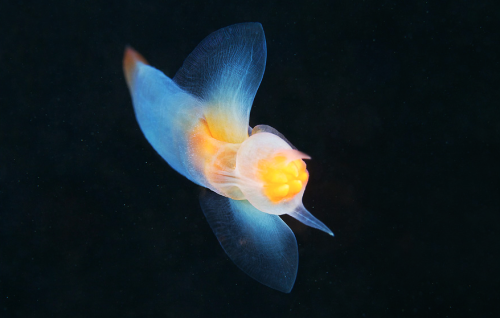
this is a sea angel (clione limacina), photographed by alexander semenov swimming with its wing like fins in russia’s white sea. these translucent pteropods, measuring only a few centimeters in length, are actually sea snails sans shells. lacking this cumbersome but protective shell, sea angels instead synthesize bad tasting compounds that dissuade predators from eating them. (see also: bobtail squid and josh lambus’ work)
-
 ninengkandongnijiuniubila liked this · 2 months ago
ninengkandongnijiuniubila liked this · 2 months ago -
 qyza8kcq4x6udjq reblogged this · 4 months ago
qyza8kcq4x6udjq reblogged this · 4 months ago -
 kuyruguolmayanavatar liked this · 5 months ago
kuyruguolmayanavatar liked this · 5 months ago -
 421krtis liked this · 5 months ago
421krtis liked this · 5 months ago -
 talkwithtatsu reblogged this · 5 months ago
talkwithtatsu reblogged this · 5 months ago -
 sakurahu reblogged this · 6 months ago
sakurahu reblogged this · 6 months ago -
 rottingbvnnyheart liked this · 6 months ago
rottingbvnnyheart liked this · 6 months ago -
 puppyjaws liked this · 6 months ago
puppyjaws liked this · 6 months ago -
 disqualifiedhuman liked this · 6 months ago
disqualifiedhuman liked this · 6 months ago -
 addictt-with-a-pen reblogged this · 6 months ago
addictt-with-a-pen reblogged this · 6 months ago -
 mlithium2 reblogged this · 6 months ago
mlithium2 reblogged this · 6 months ago -
 mlithium2 liked this · 6 months ago
mlithium2 liked this · 6 months ago -
 sakurahu liked this · 6 months ago
sakurahu liked this · 6 months ago -
 talkwithtatsu liked this · 6 months ago
talkwithtatsu liked this · 6 months ago -
 babybunnywings reblogged this · 6 months ago
babybunnywings reblogged this · 6 months ago -
 babybunnywings liked this · 6 months ago
babybunnywings liked this · 6 months ago -
 azuma-s liked this · 6 months ago
azuma-s liked this · 6 months ago -
 alola03 liked this · 6 months ago
alola03 liked this · 6 months ago -
 kikiomori reblogged this · 6 months ago
kikiomori reblogged this · 6 months ago -
 jazzhaaaands reblogged this · 6 months ago
jazzhaaaands reblogged this · 6 months ago -
 lonelywanderingflower reblogged this · 9 months ago
lonelywanderingflower reblogged this · 9 months ago -
 jolenzart liked this · 9 months ago
jolenzart liked this · 9 months ago -
 samram26 reblogged this · 9 months ago
samram26 reblogged this · 9 months ago -
 subliminalmessagemakesmegowoah reblogged this · 9 months ago
subliminalmessagemakesmegowoah reblogged this · 9 months ago -
 subliminalmessagemakesmegowoah liked this · 9 months ago
subliminalmessagemakesmegowoah liked this · 9 months ago -
 drewnozerca liked this · 9 months ago
drewnozerca liked this · 9 months ago -
 lonelywanderingflower liked this · 10 months ago
lonelywanderingflower liked this · 10 months ago -
 coffeepiesandstuff reblogged this · 10 months ago
coffeepiesandstuff reblogged this · 10 months ago -
 coffeepiesandstuff liked this · 10 months ago
coffeepiesandstuff liked this · 10 months ago -
 cultofcreatures liked this · 10 months ago
cultofcreatures liked this · 10 months ago -
 mechamagica liked this · 10 months ago
mechamagica liked this · 10 months ago -
 lasmokingbunny reblogged this · 10 months ago
lasmokingbunny reblogged this · 10 months ago -
 lasmokingbunny liked this · 10 months ago
lasmokingbunny liked this · 10 months ago -
 distantclouds reblogged this · 10 months ago
distantclouds reblogged this · 10 months ago -
 decadentranchpiefire-blog liked this · 10 months ago
decadentranchpiefire-blog liked this · 10 months ago -
 angelsandsangria liked this · 10 months ago
angelsandsangria liked this · 10 months ago -
 untilever liked this · 10 months ago
untilever liked this · 10 months ago -
 solli-sun liked this · 11 months ago
solli-sun liked this · 11 months ago -
 consumptive-sphinx liked this · 1 year ago
consumptive-sphinx liked this · 1 year ago -
 the-letter-horror-lover liked this · 1 year ago
the-letter-horror-lover liked this · 1 year ago -
 trip-of-memories reblogged this · 1 year ago
trip-of-memories reblogged this · 1 year ago -
 missrupy liked this · 1 year ago
missrupy liked this · 1 year ago -
 tryclops liked this · 1 year ago
tryclops liked this · 1 year ago -
 shima82 liked this · 1 year ago
shima82 liked this · 1 year ago -
 miss-frieren reblogged this · 1 year ago
miss-frieren reblogged this · 1 year ago